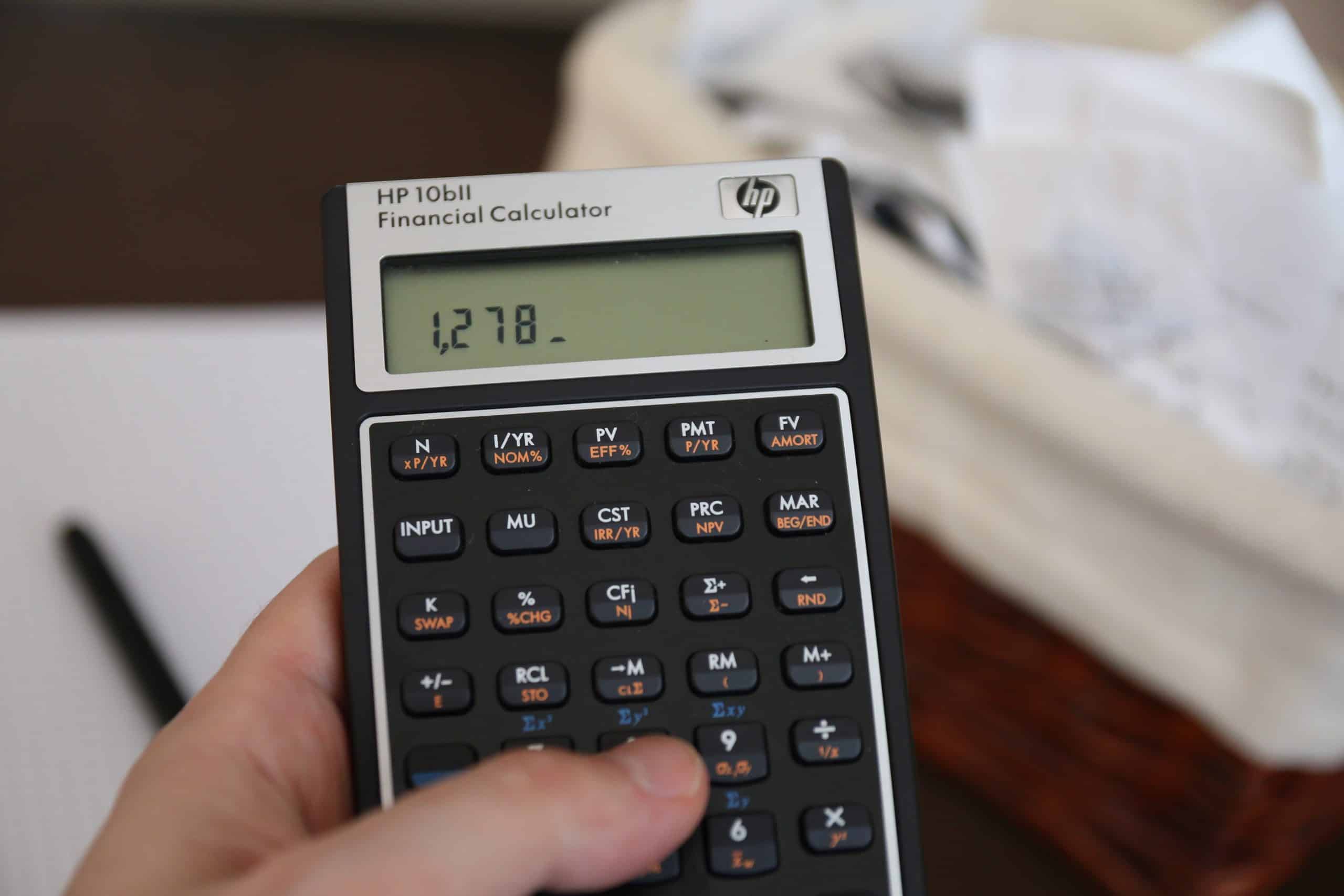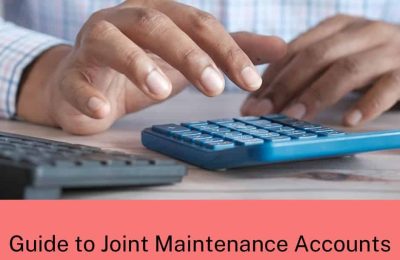What is the scale of the issue?
Rent arrears are far from a new phenomenon, however, the financial difficulties imposed on many tenants by recent factors such as the COVID-19 pandemic and the cost of living crisis, have placed additional emphasis on this issue that can cause distress for tenants and landlords alike.
A report on the Coronavirus Acts to the Scottish Parliament in February this year highlighted a statistic on eviction orders from the First-tier Tribunal for Scotland (Housing and Property Chamber). Between 8th July 2020 and 23rd December 2021, the Tribunal issued a total of 230 eviction orders relating to private residential tenancies where rent arrears were cited.
Eviction and alternatives
If a tenant falls behind with their rent, this can be used as a ground for eviction. The landlord or letting agent may choose to seek an eviction/possession order and a payment order from the First-tier Tribunal.
How the eviction process commences will depend on the kind of tenancy in place, for example private residential tenancy or short assured tenancy, however, pre-action requirements introduced as part of the Coronavirus (Scotland) (No.2) Act 2020 mean that there are certain steps that must be taken before starting eviction action. These include providing the tenant with clear information about the tenancy agreement, the amount of rent owed, their rights and how to access information on financial support and debt management, as well as making reasonable efforts to agree a repayment plan.
In terms of repayment plan efforts, various mediation channels are available to support both parties with what can be potentially uncomfortable conversations. This includes SDS Resolve – a free mediation and conciliation service operated by SafeDeposits Scotland which aims to help landlords and tenants resolve issues that arise during tenancies. Many users of the service get in touch not simply to fulfil pre-action requirements, but because they want to avoid having to resort to eviction. Securing a successful resolution and a mutually agreed repayment plan benefits all, by paving the way for the landlord to receive funds due to them and sustaining the tenancy for the tenant.
Rent arrears at the end of a tenancy
It is not always the case that rent arrears build up in the middle of a tenancy. What happens if the tenancy has ended and the tenant has not paid rent for the last month or more? The landlord or letting agent can deduct any unpaid rent from the tenant’s deposit, as long as this is specified in the tenancy agreement. If the tenant disputes the claim and the case is referred to the tenancy deposit scheme’s alternative dispute resolution service, the adjudicator will need to see evidence that the tenant had failed to pay rent (such as rent or bank statements), as well as the tenancy agreement containing a clause which specifies the deposit can be used for unpaid rent.












